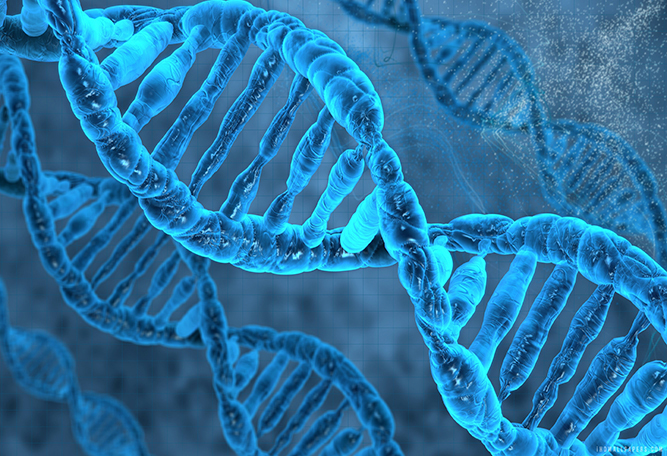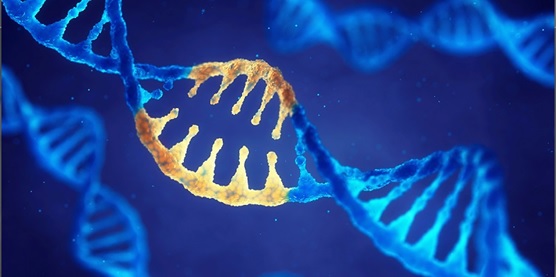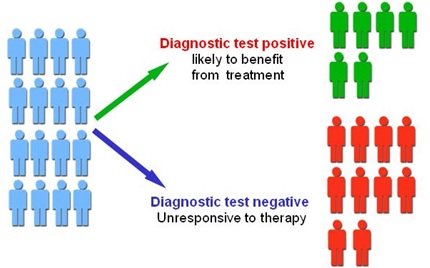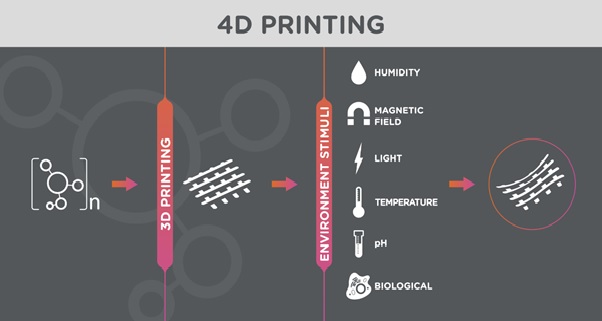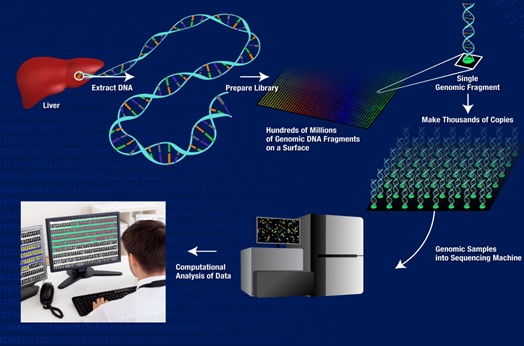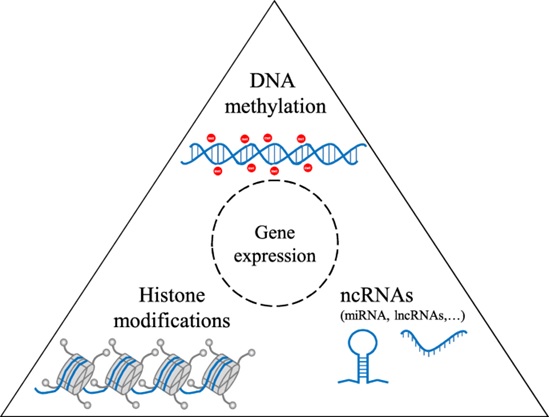Genomics
Genomics is the study of the full genetic complement of an organism (the genome). It employs recombinant DNA, DNA sequencing methods, and bioinformatics to sequence, assemble, and analyse the structure and function of genomes.
The study of the entirety of an organism’s genes – called the genome. Using high-performance computing and math techniques known as bioinformatics, genomics researchers analyze enormous amounts of DNA-sequence data to find variations that affect health, disease or drug response. [1] In humans that means searching through about 3 billion units of DNA across 23,000 genes.
Genomics is a much newer field than genetics and became possible only in the last couple of decades due to technical advances in DNA sequencing and computational biology.
An organism's complete set of DNA is called its genome. Virtually every single cell in the body contains a complete copy of the approximately 3 billion DNA base pairs, or letters, that make up the human genome.
With its four-letter language, DNA contains the information needed to build the entire human body. A gene traditionally refers to the unit of DNA that carries the instructions for making a specific protein or set of proteins. [2] Each of the estimated 20,000 to 25,000 genes in the human genome codes for an average of three proteins. The figure 1 shows the image of genomics.

Figure 1: The Genomics
Located on 23 pairs of chromosomes packed into the nucleus of a human cell, genes direct the production of proteins with the assistance of enzymes and messenger molecules. Specifically, an enzyme copies the information in a gene's DNA into a molecule called messenger ribonucleic acid (mRNA). [3] The mRNA travels out of the nucleus and into the cell's cytoplasm, where the mRNA is read by a tiny molecular machine called a ribosome, and the information is used to link together small molecules called amino acids in the right order to form a specific protein.
Proteins make up body structures like organs and tissue, as well as control chemical reactions and carry signals between cells. If a cell's DNA is mutated, an abnormal protein may be produced, which can disrupt the body's usual processes and lead to a disease such as cancer.
The Human Genome Project, which was led at the National Institutes of Health (NIH) by the National Human Genome Research Institute, produced a very high-quality version of the human genome sequence that is freely available in public databases. [4] That international project was successfully completed in April 2003, under budget and more than two years ahead of schedule.
The sequence is not that of one person, but is a composite derived from several individuals. Therefore, it is a "representative" or generic sequence. To ensure anonymity of the DNA donors, more blood samples (nearly 100) were collected from volunteers than were used, and no names were attached to the samples that were analyzed. Thus, not even the donors knew whether their samples were actually used.
The Human Genome Project was designed to generate a resource that could be used for a broad range of biomedical studies. One such use is to look for the genetic variations that increase risk of specific diseases, such as cancer, or to look for the type of genetic mutations frequently seen in cancerous cells. More research can then be done to fully understand how the genome functions and to discover the genetic basis for health and disease.
Sequencing simply means determining the exact order of the bases in a strand of DNA. Because bases exist as pairs, and the identity of one of the bases in the pair determines the other member of the pair, researchers do not have to report both bases of the pair.
References:
- https://www.nature.com/subjects/genomics
- https://www.jax.org/personalized-medicine/precision-medicine-and-you/genetics-vs-genomics
- https://www.genome.gov/about-genomics/fact-sheets/A-Brief-Guide-to-Genomics
- https://www.ebi.ac.uk/training/online/courses/functional-genomics-i-introduction-and-design/what-is-genomics/
Cite this article:
Vinotha D (2021), Genomics, AnaTechMaz, pp. 5



